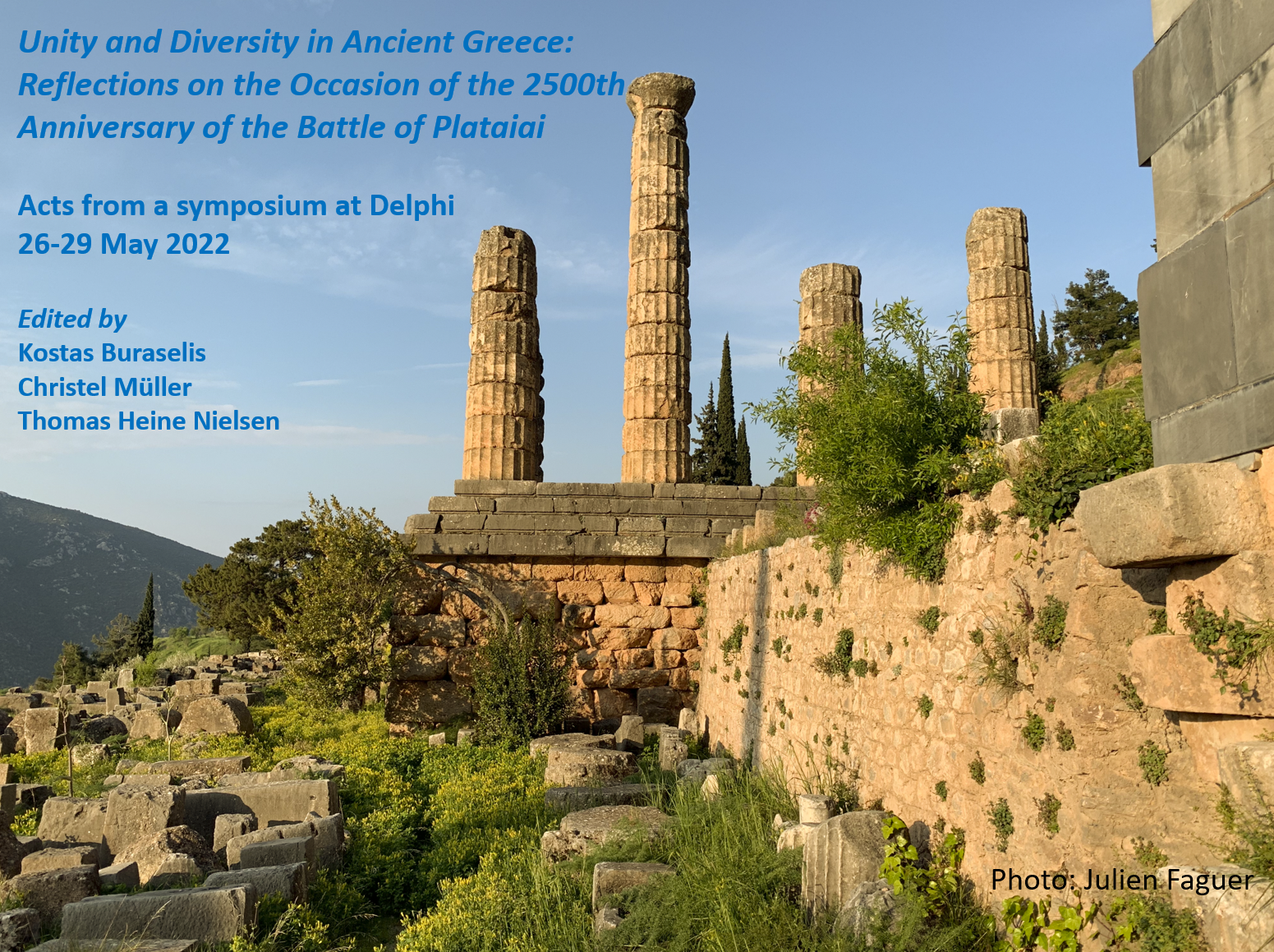Intertemporal Memories of a Shifting Unity
Political, Economic, Cultural and Kinship Bonds Between Corinth and Corinthian Apoikiai Around The Ambracian Gulf
DOI:
https://doi.org/10.7146/classicaetmediaevalia.vi1.145251Abstract
In ancient Greece, a metropolis and its apoikiai constituted a form of kinship unity. In Thucydides’ view, at least in his era, particular bonds of kinship connected the Corinthian apoikiai on, or in the vicinity of, the Ambracian Gulf with Corinth itself, and literary tradition endowed Ambracia, Leucas and Anactorion with a special cultural unity. Modern research ranging over political institutions, foreign policy, ideology, economic factors, cults, myths, calendar and burial customs has shown that these poleis regarded themselves as members of a Corinthian colonial family. Initially highly dependent on Corinthian policy during the archaic period, by the end of this period the western apoikiai had admittedly begun to diverge from a Corinthian-centred economy and to move away from Corinthian traditions. Internal social diversification also caused these poleis to move away from Corinthian institutions and habits. Nevertheless, despite various political fluctuations, western Corinthian apoikiai remained within the Corinthian sphere of influence and after Timoleon’s campaign they revived old Corinthian traditions and institutions. Indeed, other Greeks of late classical times regarded the citizens of these poleis as if they were indeed Corinthians. The area remained under Corinthian economic influence throughout Hellenistic times and memories of affinities with and ties to Corinth survived in her apoikiai. Lastly, Hellenistic monarchs and even Augustus himself took advantage of the peculiar Corinthian identity of these apoikiai for their own ends.
Downloads
Published
How to Cite
Issue
Section
License

This work is licensed under a Creative Commons Attribution 3.0 Unported License.
Authors who publish with this journal agree to the following terms:
- Authors retain copyright and grant the journal right of first publication with the work simultaneously licensed under a Creative Commons Attribution License that allows others to share the work with an acknowledgement of the work's authorship and initial publication in this journal.
- Authors are able to enter into separate, additional contractual arrangements for the non-exclusive distribution of the journal's published version of the work (e.g., post it to an institutional repository or publish it in a book), with an acknowledgement of its initial publication in this journal.
- Authors are permitted and encouraged to post their work online (e.g., in institutional repositories or on their website) prior to and during the submission process, as it can lead to productive exchanges, as well as earlier and greater citation of published work (see The Effect of Open Access).





